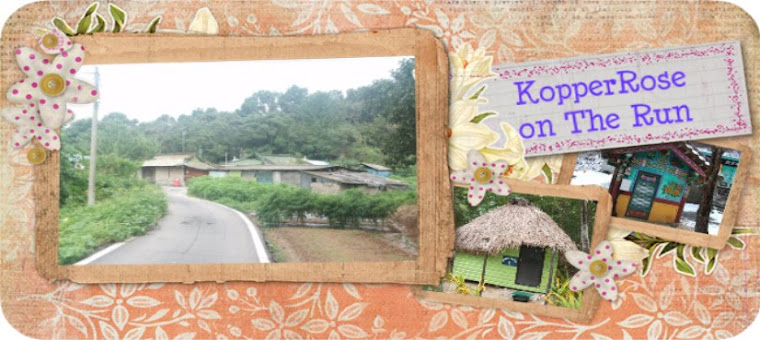This is what the house looks like from the street- just a green house, right?
Here is the entrance. There is a locking door which leads to the greenhouse and a walkway that leads to living space in the rear.
The black blocks stacked near the entrance are round blocks of coal which are used in the stove for cooking and heating the interior of the home.
On the right of the path, there is a smaller greenhouse in which the family grows cabbage and onion.
The smaller building out back, is used for drying vegetables and there is a homemade barrel stove for heating water and cooking.
These are the hens who provide a steady flow of eggs.
In the countryside, there were many of these vinyl homes. Some more neatly wrapped than others. The owner of the first home explained that the house is covered in a sandwich of layers composed of (from inside out) a couple of layers of low loft cotton tarp, a heavy duty plastic tarp, a kind of recycled high loft matting, more heavy duty plastic tarp and a layer of the black vinyl that you see in the picture below. I was concerned that the black vinyl would cause the interior to become way too hot during the summer months but the Ajashi (old man) assured me that the purpose of the black tarp is to keep the sun out and the interior temperature cool. He has no air conditioning and says that they are comfortable in the summer. I did however, notice a fan.
This is the entrance to another house that we spotted on our drive. It was very neatly trimmed. There were even windows that opened and a side door as well as a back door.
I'm not quite sure why all the dried vegetation was clumped up around the base of the house.
I wanted to see inside but unfortunately, no one was home.
This is the back of the house. It appears that the poles for the porch are ready to be covered in tarp.
If you'd like to see a video of our tour inside one of these, you can watch it here: http://www.youtube.com/watch?v=wehFUgGpp-M&feature=youtu.be and here: http://www.youtube.com/watch?v=uAslfeES2jU








































